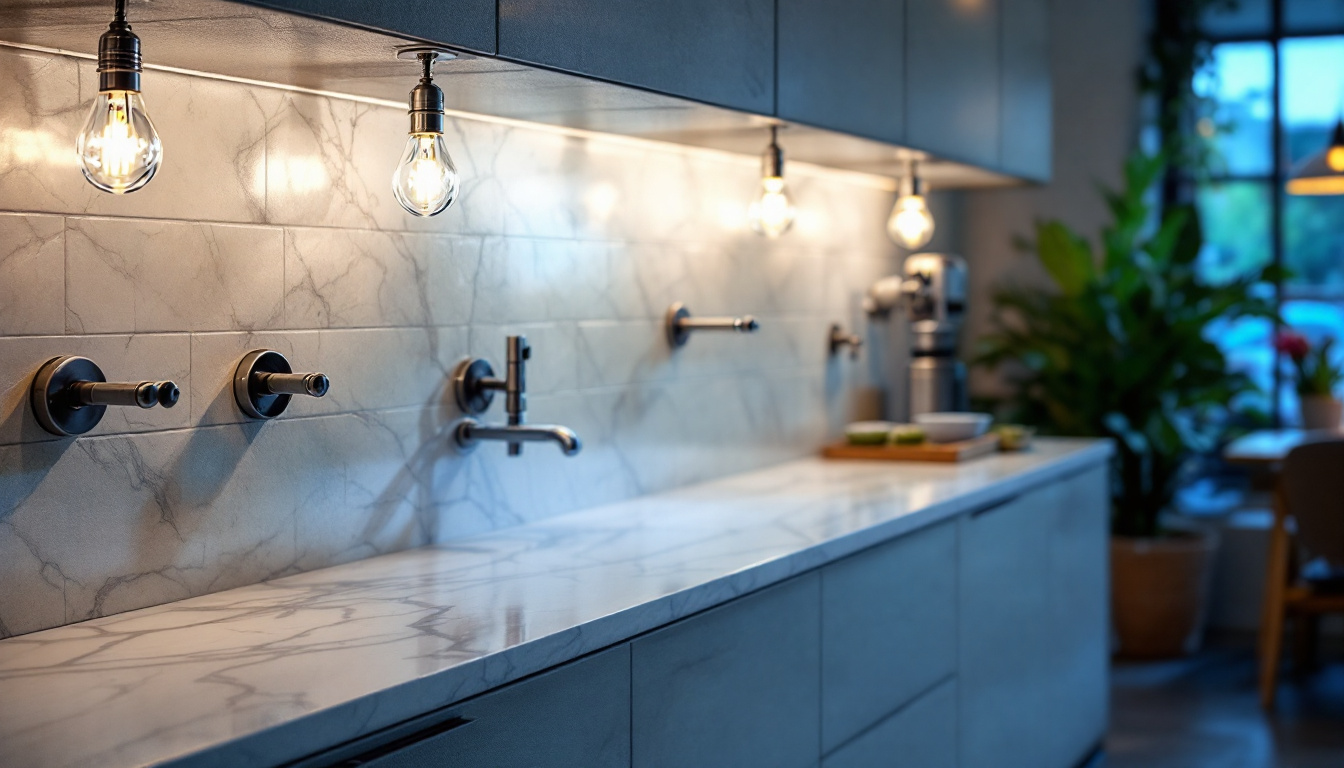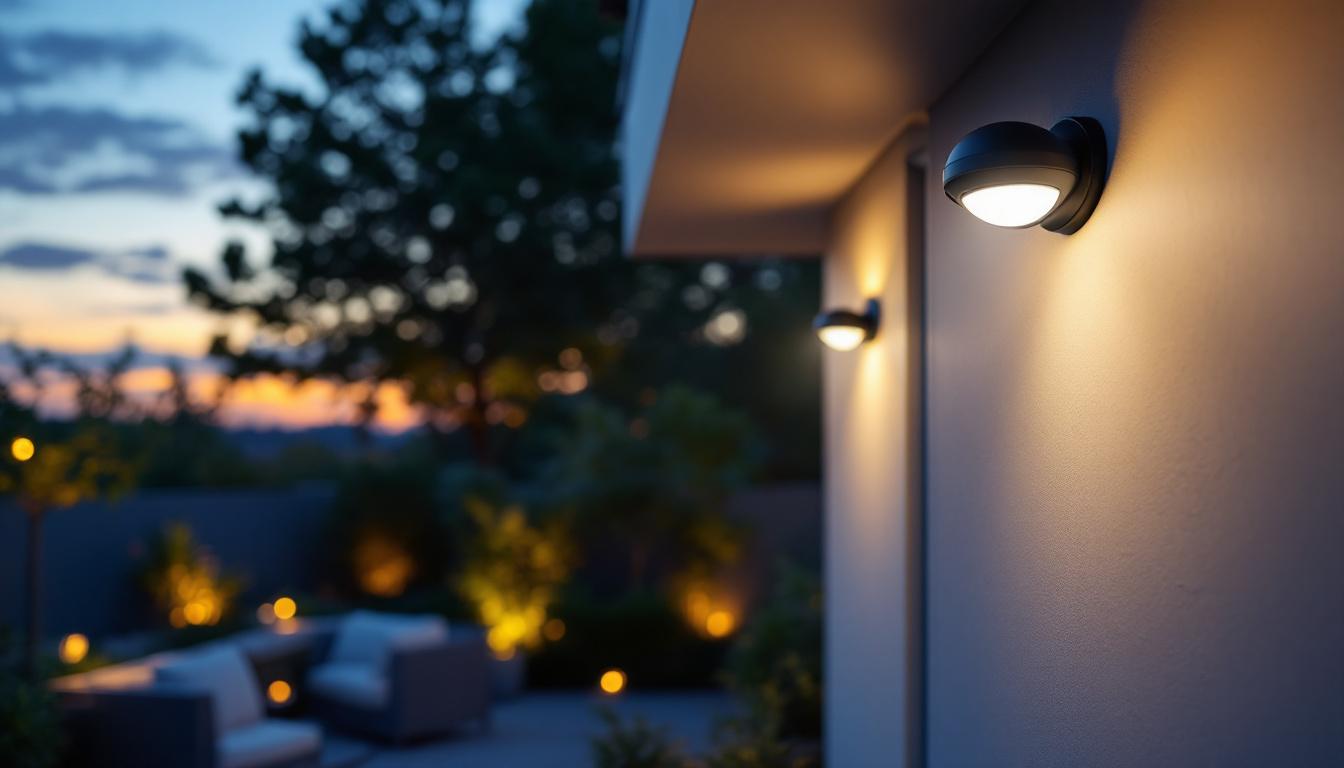
Lighting contractors play a crucial role in enhancing the ambiance and functionality of spaces through effective lighting solutions. However, even seasoned professionals can fall into common pitfalls that can compromise their projects. Understanding these mistakes can help contractors improve their services, increase client satisfaction, and ensure successful installations. This article explores the frequent errors made by lighting contractors, particularly concerning standard bulbs, and offers insights on how to avoid them.
Standard bulbs, often referred to as incandescent or LED bulbs, are the most commonly used lighting options in both residential and commercial settings. While they may seem straightforward, their selection and installation require careful consideration. A firm grasp of the basics is essential for any lighting contractor aiming to deliver high-quality work.
There are several types of standard bulbs available on the market, each with its own unique characteristics. Incandescent bulbs are known for their warm light and affordability, while LED bulbs offer energy efficiency and longevity. Understanding these differences is crucial in making informed recommendations to clients.
Additionally, compact fluorescent lamps (CFLs) have gained popularity due to their energy-saving capabilities. However, they may not be suitable for every application. Lighting contractors must familiarize themselves with the pros and cons of each type to provide tailored solutions that meet client needs. For example, while LEDs can last up to 25,000 hours and consume significantly less energy than incandescent bulbs, their initial cost might deter some clients. Educating clients about the long-term savings associated with LED usage can help mitigate these concerns and encourage more sustainable choices.
Wattage and lumens are vital metrics that contractors must understand to ensure optimal lighting conditions. Wattage indicates the energy consumption of a bulb, while lumens measure the brightness produced. Many contractors mistakenly focus solely on wattage, overlooking the importance of lumens in achieving the desired lighting effect.
For instance, a client may request a bright space, but if the contractor chooses a bulb based solely on wattage, the resulting illumination may fall short of expectations. Educating clients about these metrics can lead to better-informed decisions and ultimately enhance their satisfaction. Furthermore, it’s essential to consider the color temperature of the light, measured in Kelvin, as it can significantly affect the ambiance of a space. A warm light (around 2700K) creates a cozy atmosphere ideal for living rooms, while cooler light (5000K and above) is often preferred in workspaces for its invigorating effects. By discussing these nuances, contractors can help clients achieve not just functional lighting, but also the desired mood and aesthetic for their environments.
Choosing the right bulb is a critical step in any lighting project. However, many contractors make mistakes that can lead to subpar results. Here are some of the most common errors in bulb selection.
Color temperature, measured in Kelvin (K), significantly impacts the mood and functionality of a space. Many contractors overlook this aspect, leading to lighting that feels harsh or uninviting. For example, a warm white bulb (around 2700K) is ideal for residential settings, creating a cozy atmosphere, while cooler temperatures (5000K and above) are better suited for task-oriented areas like offices.
Contractors should engage with clients to understand the desired ambiance and recommend bulbs accordingly. Providing samples or visual aids can help clients visualize the effects of different color temperatures, ultimately leading to more satisfactory outcomes. Additionally, it’s worth noting that different activities may require varying color temperatures; for instance, kitchens may benefit from a brighter, cooler light to enhance visibility during food preparation, while bedrooms often thrive under softer, warmer tones that promote relaxation and comfort.
Dimming capabilities can greatly enhance the versatility of a lighting system. However, many contractors fail to consider whether the selected bulbs are dimmable. Using non-dimmable bulbs in a dimming system can lead to flickering, reduced lifespan, or even complete failure of the bulb.
It is essential to verify the compatibility of bulbs with dimmer switches and to inform clients about the benefits of dimming options. This not only improves the functionality of the lighting but also allows for greater control over the atmosphere of a space. Furthermore, educating clients about the energy-saving potential of dimmable bulbs can be a persuasive argument; by adjusting the brightness according to the time of day or activity, they can reduce energy consumption and extend the life of their lighting fixtures. This aspect of dimming not only contributes to sustainability but also aligns with the growing trend of eco-conscious living.
Even with the right bulbs, improper installation can lead to significant issues. Lighting contractors must be vigilant during the installation process to avoid common mistakes that can diminish the effectiveness of the lighting system. A well-planned installation not only enhances the aesthetic appeal of a space but also contributes to energy efficiency and longevity of the lighting fixtures.
The placement of lighting fixtures is crucial in achieving the desired illumination. Many contractors fail to consider factors such as room layout, furniture placement, and the intended use of the space. For instance, placing a light fixture too high can result in insufficient lighting for tasks, while fixtures positioned too low may cause glare and discomfort. Moreover, the color and texture of walls can significantly influence how light is perceived, making it essential to take these elements into account during the planning stage.
To avoid these pitfalls, contractors should conduct thorough assessments of the space before installation. Utilizing lighting design software or tools can help visualize how different placements will affect the overall lighting scheme. Additionally, consulting with clients about their preferences and needs can lead to a more tailored lighting solution that enhances functionality and comfort. By considering the interplay of natural light sources and the time of day, contractors can optimize fixture placement to create a harmonious lighting environment.
Electrical considerations are paramount when installing lighting systems. Contractors sometimes overlook the importance of ensuring that circuits can handle the load of new fixtures, leading to potential hazards or circuit failures. Additionally, improper wiring can result in flickering lights or even electrical fires. The choice of dimmers and switches also plays a significant role, as not all devices are compatible with every type of lighting, which can lead to further complications.
It is crucial to adhere to local electrical codes and regulations, as well as to perform load calculations before installation. Engaging a licensed electrician for complex installations can further mitigate risks and ensure compliance with safety standards. Furthermore, incorporating energy-efficient technologies, such as LED fixtures and smart lighting systems, can not only reduce energy consumption but also prolong the lifespan of the electrical components involved. Regular maintenance checks post-installation are also essential to ensure that the system continues to operate safely and effectively, allowing for timely adjustments or upgrades as needed.
Effective communication with clients is essential for successful lighting projects. Many contractors fail to adequately educate clients about their options, leading to misunderstandings and dissatisfaction.
Setting realistic expectations is a key aspect of client communication. Contractors often overpromise on the capabilities of certain bulbs or fixtures, leading clients to expect results that may not be achievable. This can result in disappointment and damage to the contractor’s reputation.
By providing clear and honest assessments of what clients can expect from their lighting choices, contractors can foster trust and build long-term relationships. Transparency about the limitations of certain products or designs can also help clients make informed decisions.
Once the installation is complete, many contractors fail to provide clients with proper maintenance guidance. This oversight can lead to premature bulb failures or reduced performance over time. Educating clients about the care and maintenance of their lighting systems is essential for ensuring longevity and satisfaction.
Contractors should provide clients with information on how to clean fixtures, replace bulbs, and troubleshoot common issues. Offering periodic maintenance services can also enhance client relationships and ensure that lighting systems continue to perform optimally.
The lighting industry is constantly evolving, with new technologies and trends emerging regularly. Contractors who fail to stay informed may miss out on opportunities to enhance their services and provide clients with the best options available.
Energy efficiency is a growing concern for both consumers and contractors. Many clients are increasingly seeking sustainable lighting solutions that reduce energy consumption and lower utility bills. Contractors who neglect to offer energy-efficient options may find themselves at a disadvantage.
Staying updated on the latest energy-efficient technologies, such as smart lighting systems and advanced LED options, can help contractors meet client demands and position themselves as industry leaders. Providing information on energy savings and environmental benefits can also enhance the contractor’s value proposition.
Smart lighting solutions are becoming increasingly popular, offering clients enhanced control and customization of their lighting systems. Contractors who fail to embrace these technologies may miss opportunities to provide innovative solutions.
Understanding how to integrate smart lighting systems into traditional setups can set contractors apart from competitors. Offering clients the ability to control their lighting through mobile apps or voice commands can significantly enhance their experience and satisfaction.
Lighting contractors have the potential to transform spaces through effective lighting solutions. However, avoiding common mistakes is essential for ensuring successful projects and satisfied clients. By understanding the basics of standard bulbs, making informed selections, ensuring proper installation, and maintaining clear communication with clients, contractors can elevate their services.
Staying informed about industry trends and embracing new technologies will further enhance a contractor’s ability to meet client needs. Ultimately, striving for excellence in every aspect of the lighting process will lead to lasting success in the competitive world of lighting contracting.
Ready to avoid common lighting mistakes and elevate your contracting services? Choose LumenWholesale for your lighting needs and gain access to top-quality, spec-grade lighting products at unbeatable wholesale prices. Our extensive selection is designed to meet the highest industry standards, ensuring reliability and high-performance for every project. With free shipping on bulk orders, you can get premium lighting at the best value — without hidden fees or compromises. Elevate your lighting solutions today and experience the best in wholesale lighting with LumenWholesale.

Discover why choosing the right bulbs for cooler lighting fixtures is crucial yet often overlooked.

Discover expert insights and best practices for using white LED flood lights in your projects.

Discover why lighting contractors should prioritize motion-activated outdoor ceiling lights in their projects.

Discover essential tips and guidelines for lighting contractors navigating the online LED market in California.